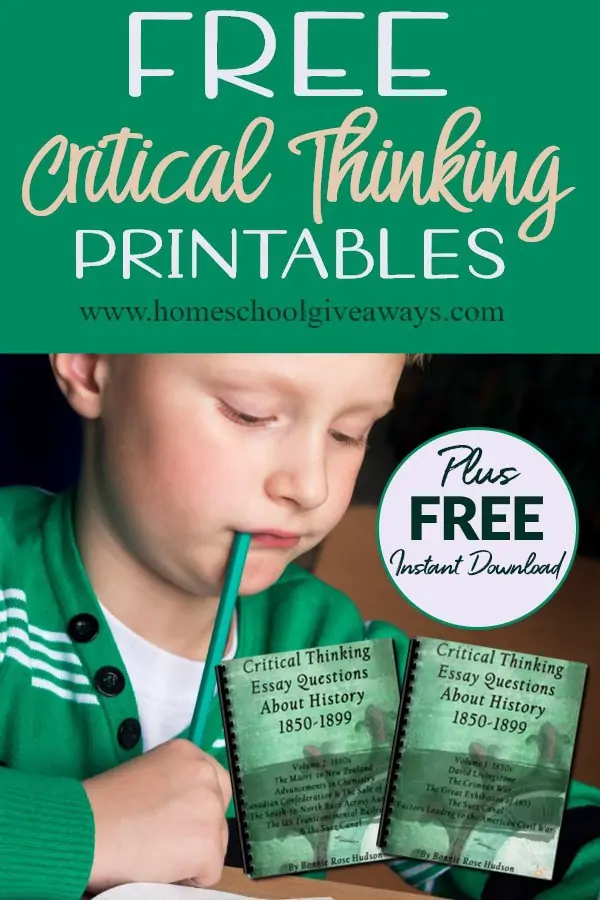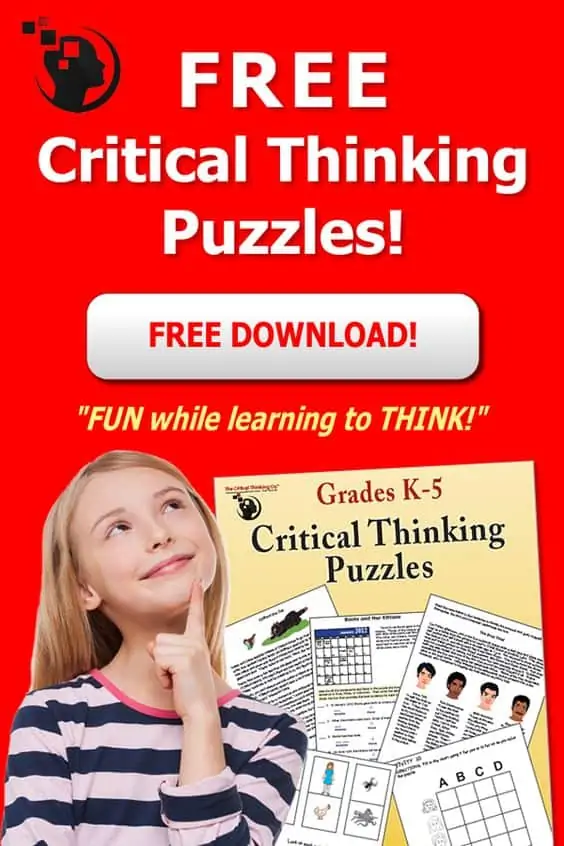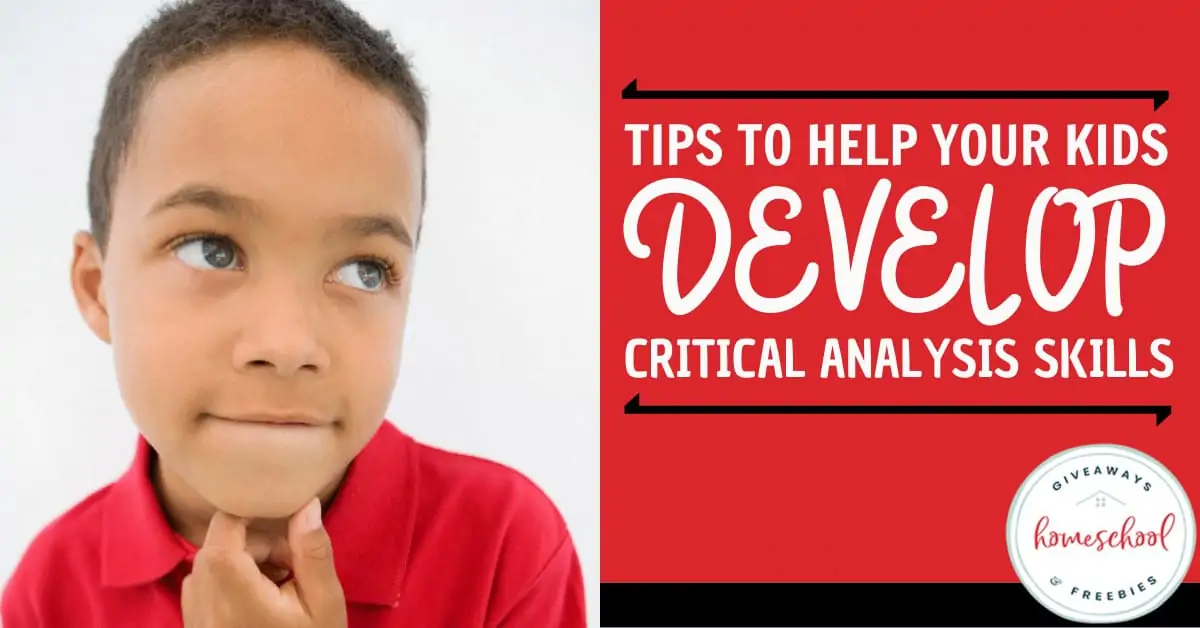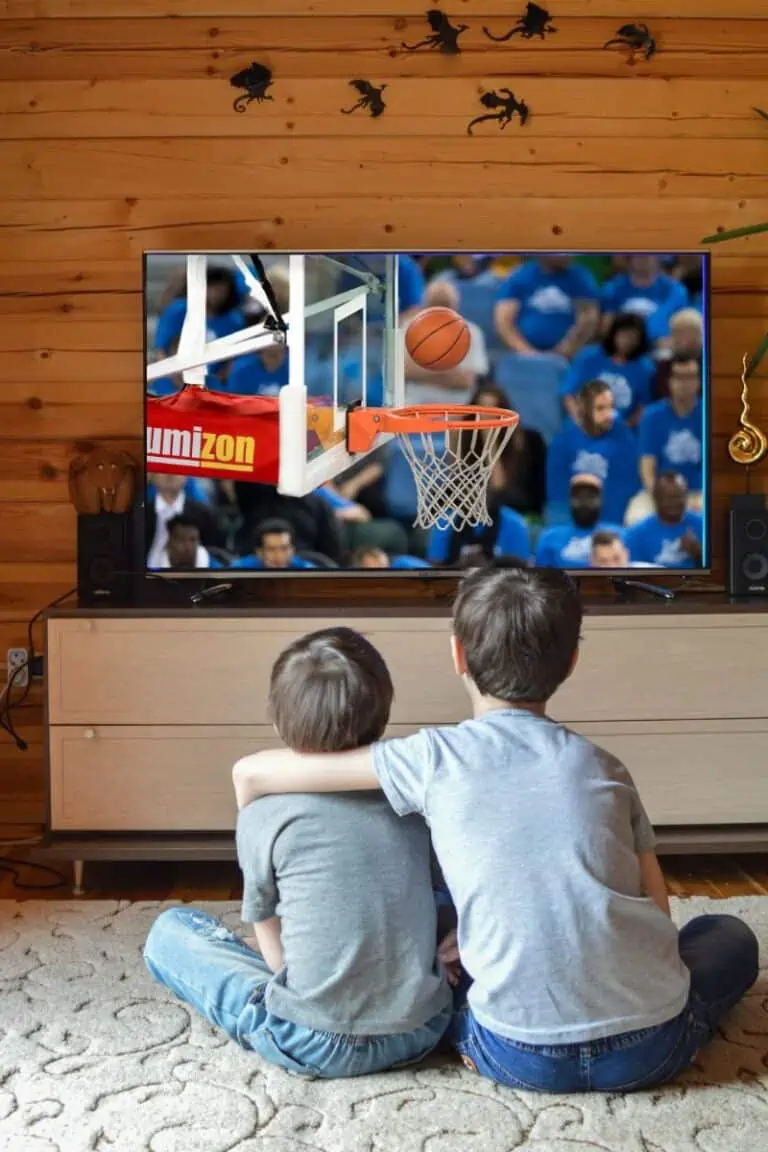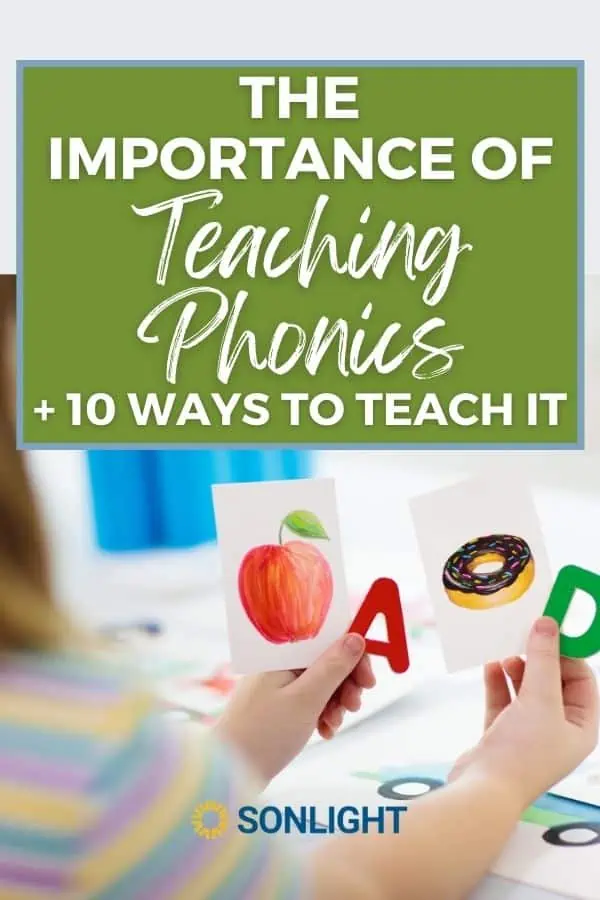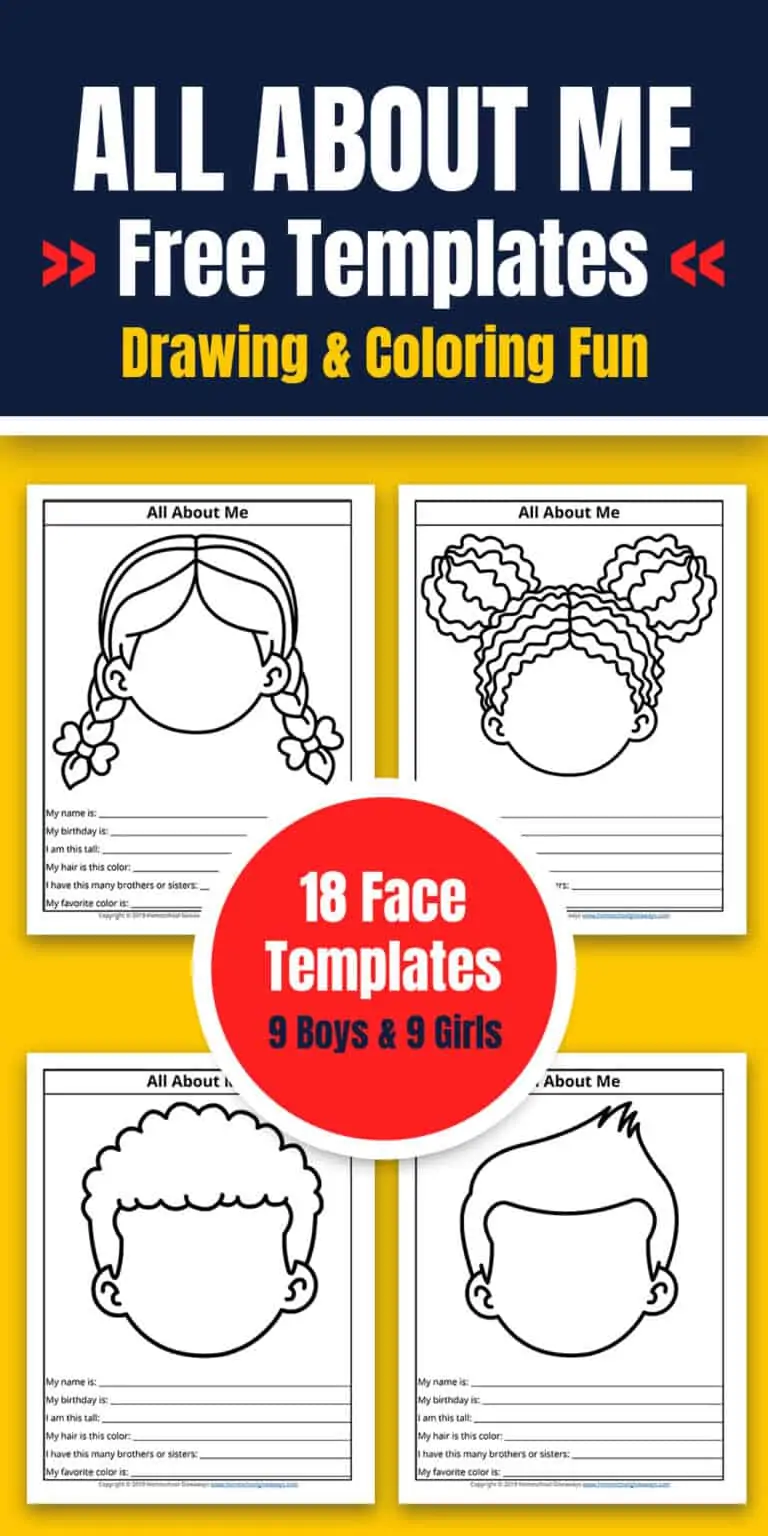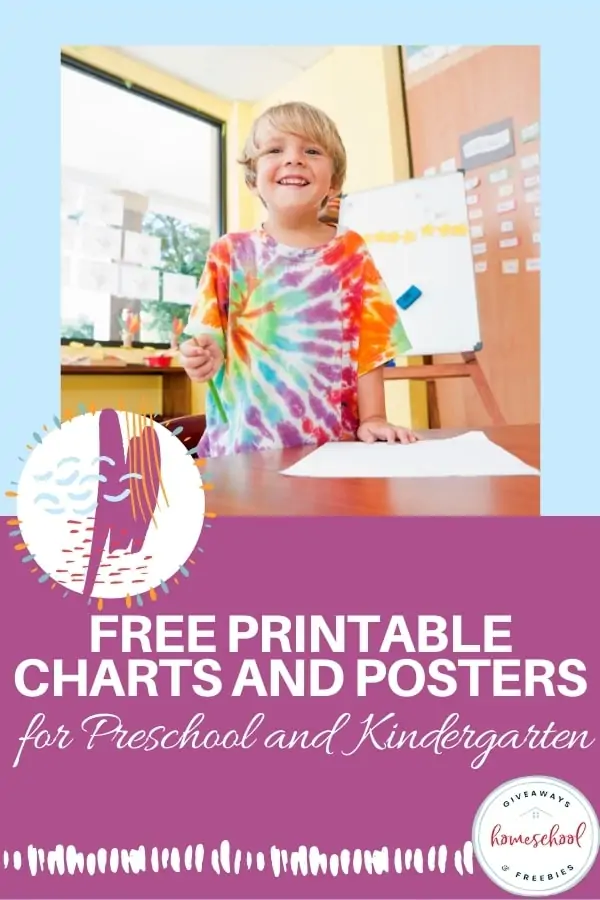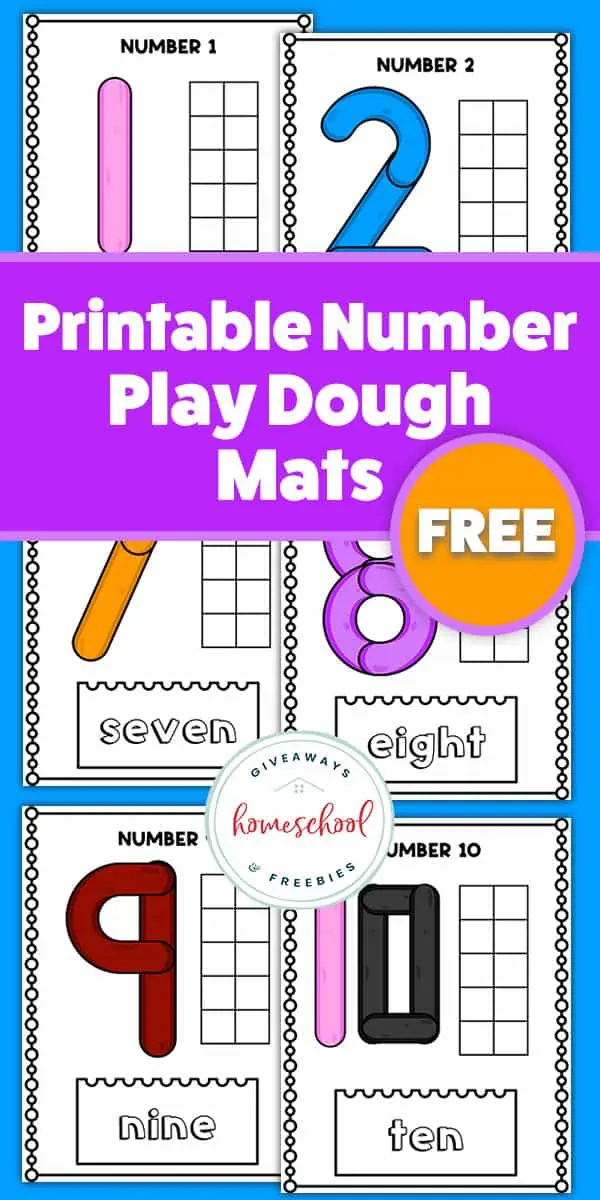How to Help Your Kids Develop Critical Analysis Skills
Published:
February 14, 2020
Contributor:
Jeannette Tuionetoa
Disclosure: This post may contain affiliate links, meaning if you decide to make a purchase via my links, I may earn a commission at no additional cost to you. See my disclosure for more info.
Many children can memorize and recite fact after fact, yet are incapable of thinking outside the box. In a world that produces emerging technology and is constantly changing, it is becoming increasingly evident that critical thinking skills are not just needed, but are critical. Thankfully, you can learn how to help your kids develop critical analysis skills to stay ahead of the curve.
Growing up in New York and having a tough upbringing made me aware of my surroundings fairly quickly in life. I was almost forced to think fast on my feet and to make decisions for my safety, protection, and self- preservation. Sounds intense, doesn’t it? I wish I could say I was exaggerating, but I really am not.
Raising our children in healthier environments than we had growing up, means we have to teach them differently. We don’t want to release them in a den of wolves in order for them to learn how to think logically.
We can, however, work towards teaching them logical and critical thinking skills in other ways. It is a blessing they don’t have to learn in the manner that many of us have had to learn. We can train our kids in the way they should go, in ways that are practical, healthy, and doable.
Alternatively, we can create opportunities for them to think critically and to analyze situations thoroughly. Critical thinking and analysis leads to problem-solving-know-how and eventually to creativity and a curious awareness. Being aware is something that is developed and learned.
Why is critical analysis so important?
Albert Einstein said, “Education isn’t the learning of facts but training the mind to think.”
Many of us can agree that in homeschooling, we largely understand that solely studying for tests can be detrimental for a child’s critical thinking skills. A child’s reaction to challenges shows their experience and exposure to the art of problem solving and analysis.
Children should be thinking for themselves and figuring out their own solutions to age-appropriate issues. We can help them along the way.
There a few quick wins to help your kids practice and demonstrate critical thinking in your homeschool throughout the day. We can make critical thinking a habitual response to problems in our homes, with some ideas to practice it out.
Check out these critical thinking quick-wins to sprinkle throughout your homeschooling days.
- Provide plenty of opportunities for your kids to play – by themselves and with others.
- Ask a lot of open-ended questions, not yes or no questions.
- When you ask a question, pause, wait and listen for your child’s answer.
- Don’t intervene so quickly if your child is experiencing a problem. Let them try to figure it out
- Pause to ask questions as you read to your child or as he/she reads aloud.
- Let your kids summarize what they have learned after a lesson or after reading a story.
- Create an atmosphere of learning where your child is comfortable asking questions.
How do you intentionally put critical thinking skills into practice?
Make a question of the day or week for your kids.
Riddles are absolutely GREAT for this. Riddles are fun, and they can be hilarious. Kids enjoy trying to figure out the riddles or coming up with interesting answers. You can give one riddle a day or a slightly more difficult riddle for the week. Kids will need to make connections to come up with an answer.
NOTE: Just make sure you tell your husband to resist the urge of blurting out the answer when he walks by the riddle. I have to remind him every week to NOT answer it in front of the kids.
Help them develop their own opinions.
Periodically, provide a statement to your kids that requires them to take opposing views. Do they agree or disagree, and why? They can take turns on which side they are arguing. It can be a straightforward statement like, “Chocolate is better than vanilla.” Then let them debate it out. Even little kids can take part in this easily.
With new lessons, ask the 5 Ws and How questions.
Here is a critical thinking cheat sheet to help them. You can ask at least three of these 5Ws and How questions with almost any subject. Here are some examples of the 5Ws and How.
Who: Who is this about?
What: What is important? What can we do with this information?
Where: Where can we use this information?
When: When would this cause a problem? When will we know what happens next?
Why: Why is this a problem? Why is this important to know?
How: How is this different/similar to something else? How do you know this is true?
Use Venn Diagrams.
Venn diagrams help your kids compare and contrast two things. I don’t mean using Venn Diagrams only for reading. Venn diagrams can get your kids thinking about the similarities and differences of many different topics and subjects even. Check out this resource that explains how to use Venn Diagram activities in every subject.
Have you ever heard of Triads? You need them in your life, homeschool life that is.
I have to admit that my word knowledge and vocabulary are not where I would like it to be. I am glad that I can help my children with this at their age.
A triad is an activity or challenge where your kids are tasked to make a well-known phrase or compound word with a triad of words at the three corners of a triangle.
The kids have to search for a fourth word that can be added to the three words to make a well-known phrase or compound word. In addition to building their vocabulary, children need to think about solving the triad. I enjoy that the triads can be adjusted to suit all ages. Check out more information here on critical thinking with TRIADS.
Use free resources (i.e.puzzles and mind-benders).
Puzzles, crossword puzzles, brainteasers, and critical thinking activities all help your kids practice. Here are a few free resources that can help.
Coloring Book Level 1 from The Critical Thinking Co.
FREE Math critical thinking ebook from The Critical Thinking Co.
Why Teaching Critical Thinking is Important & What We are Planning to Use
When basic academic knowledge and critical thinking skills are coupled together, our children can healthily function in this ever-changing world. Kids will be aware of what makes sense and what doesn’t. They will be able to question ideas for clarity and come up with their own conclusions.
Employers want people who don’t just regurgitate information, but those who are thinking critically and can solve problems themselves.
There is no doubt that critical thinking is an essential life skill for your kids to develop. You can help develop critical thinking skills in your kids with a whole lot of practice and even more so if the method is a whole lot of fun!


